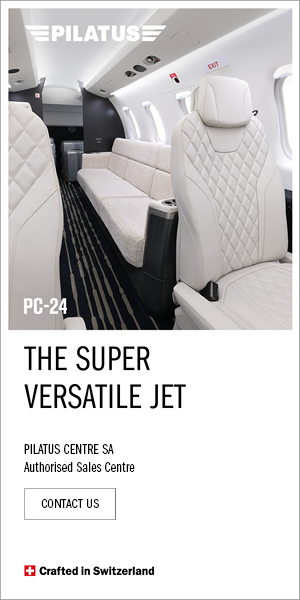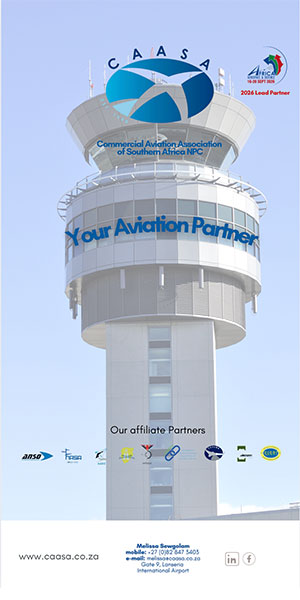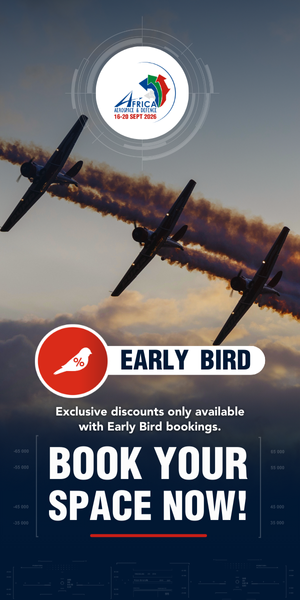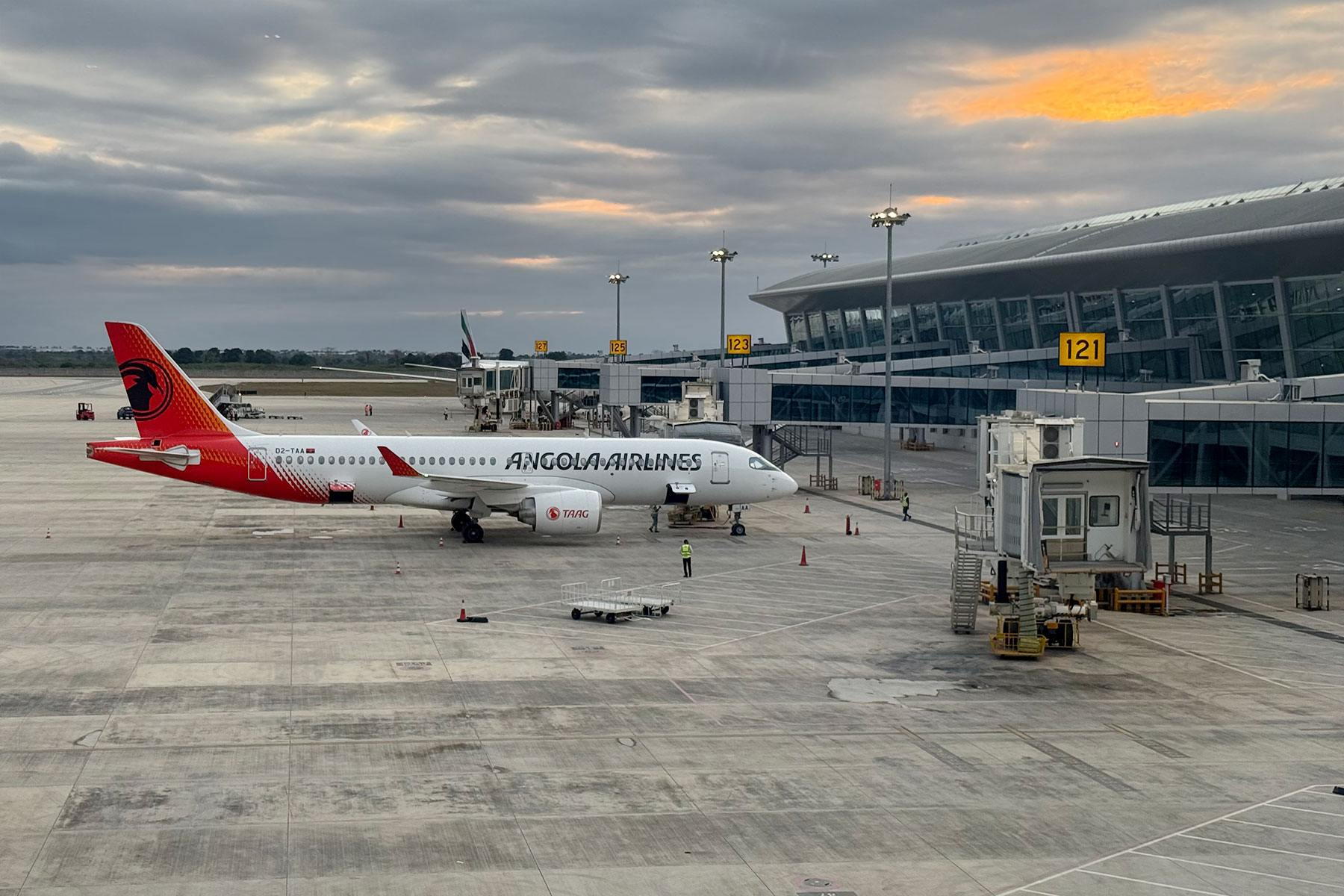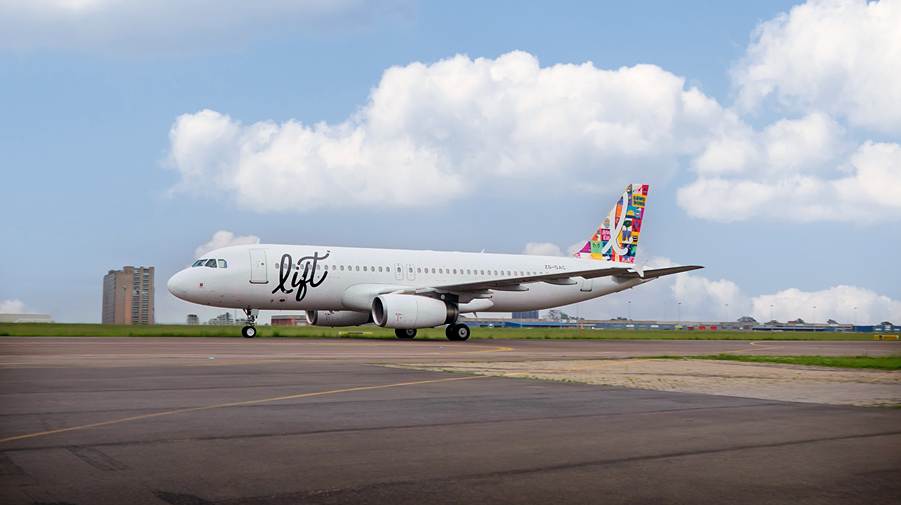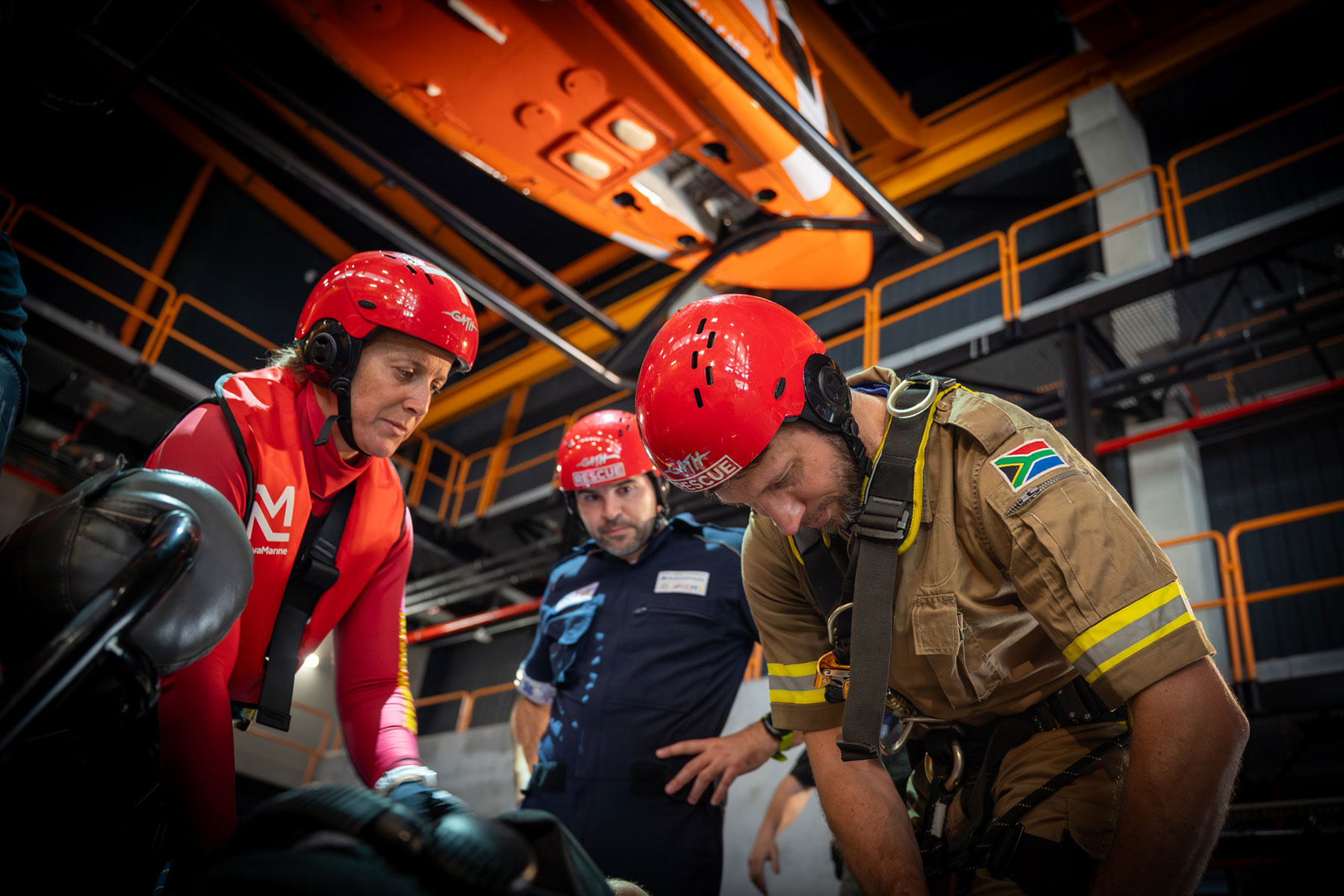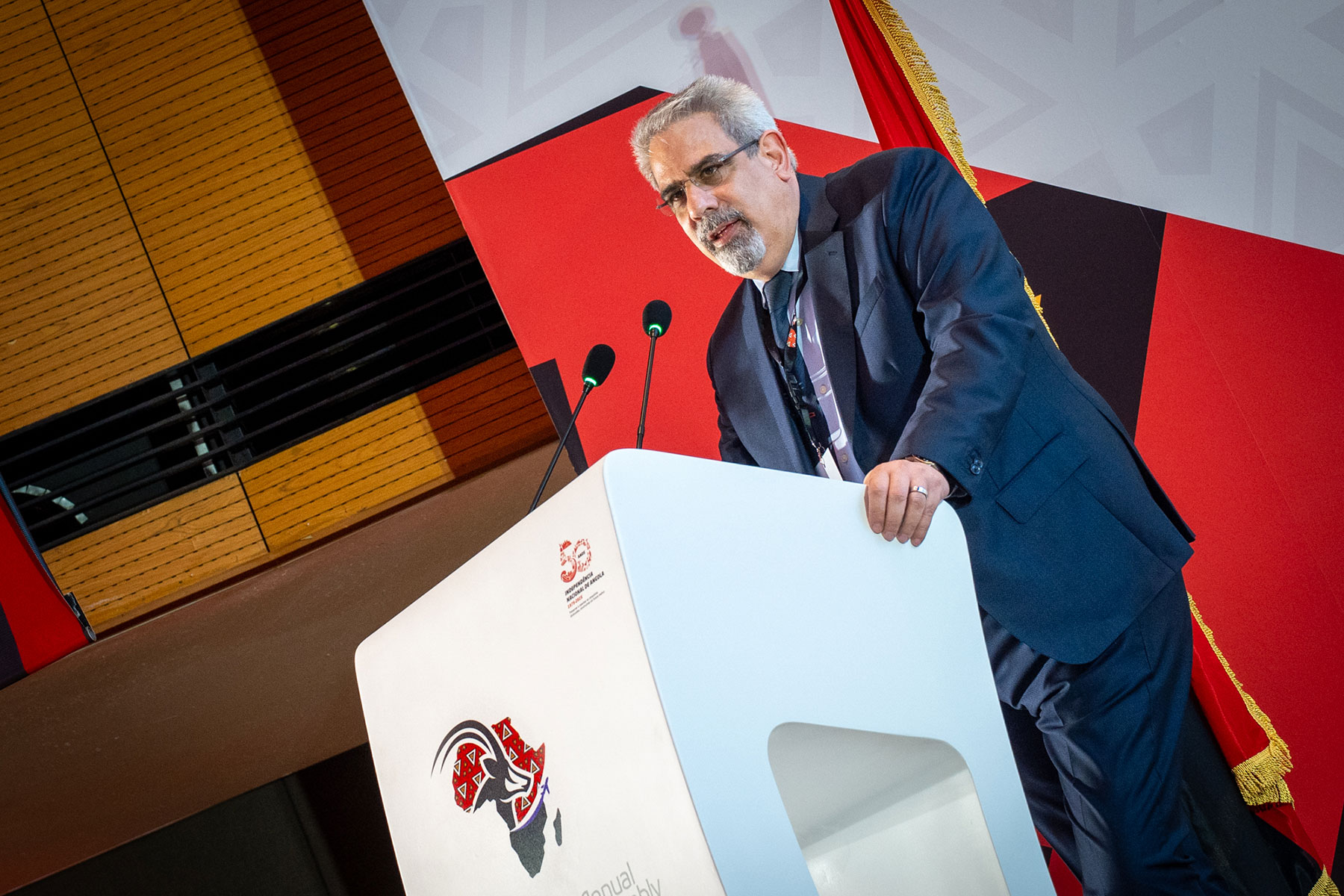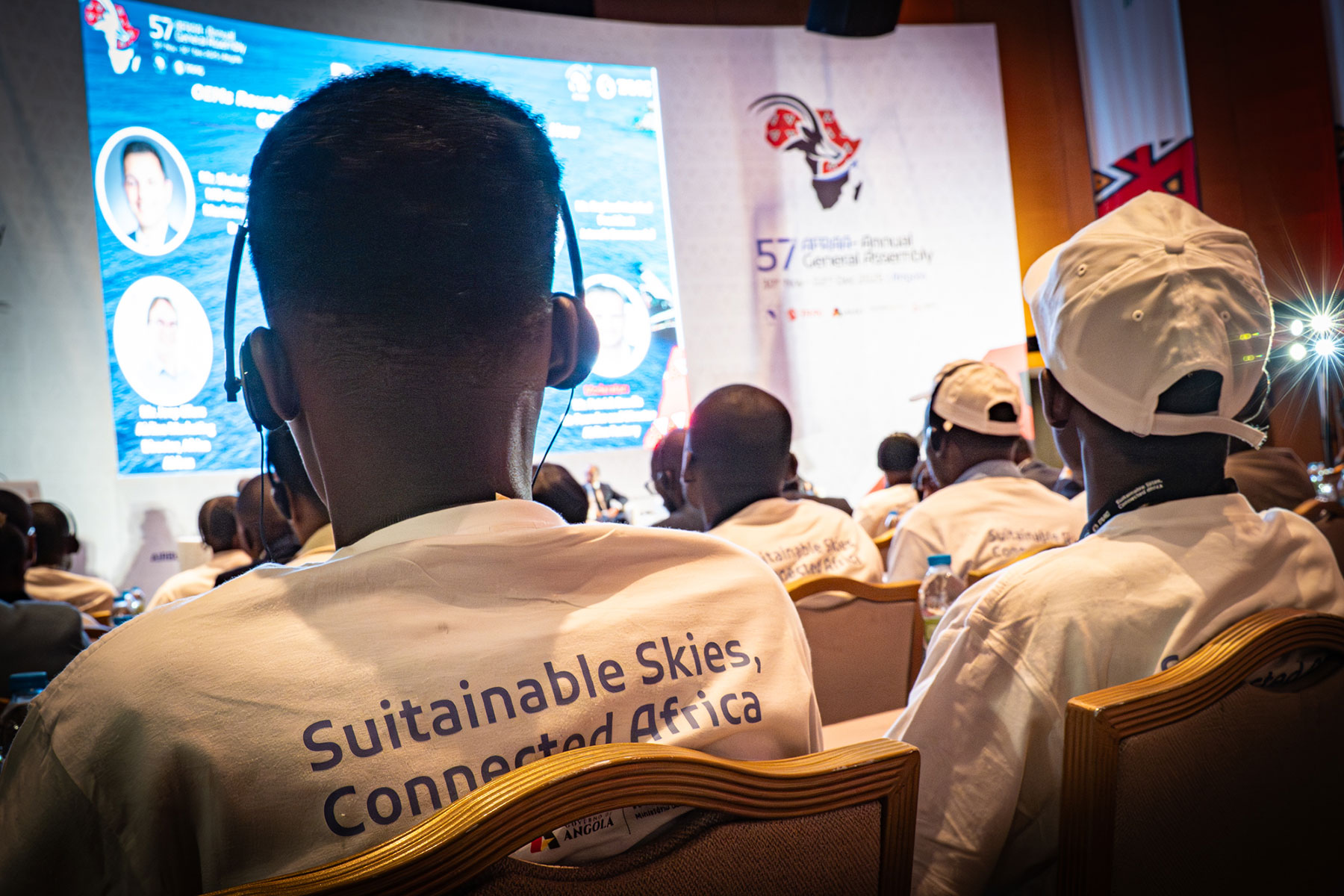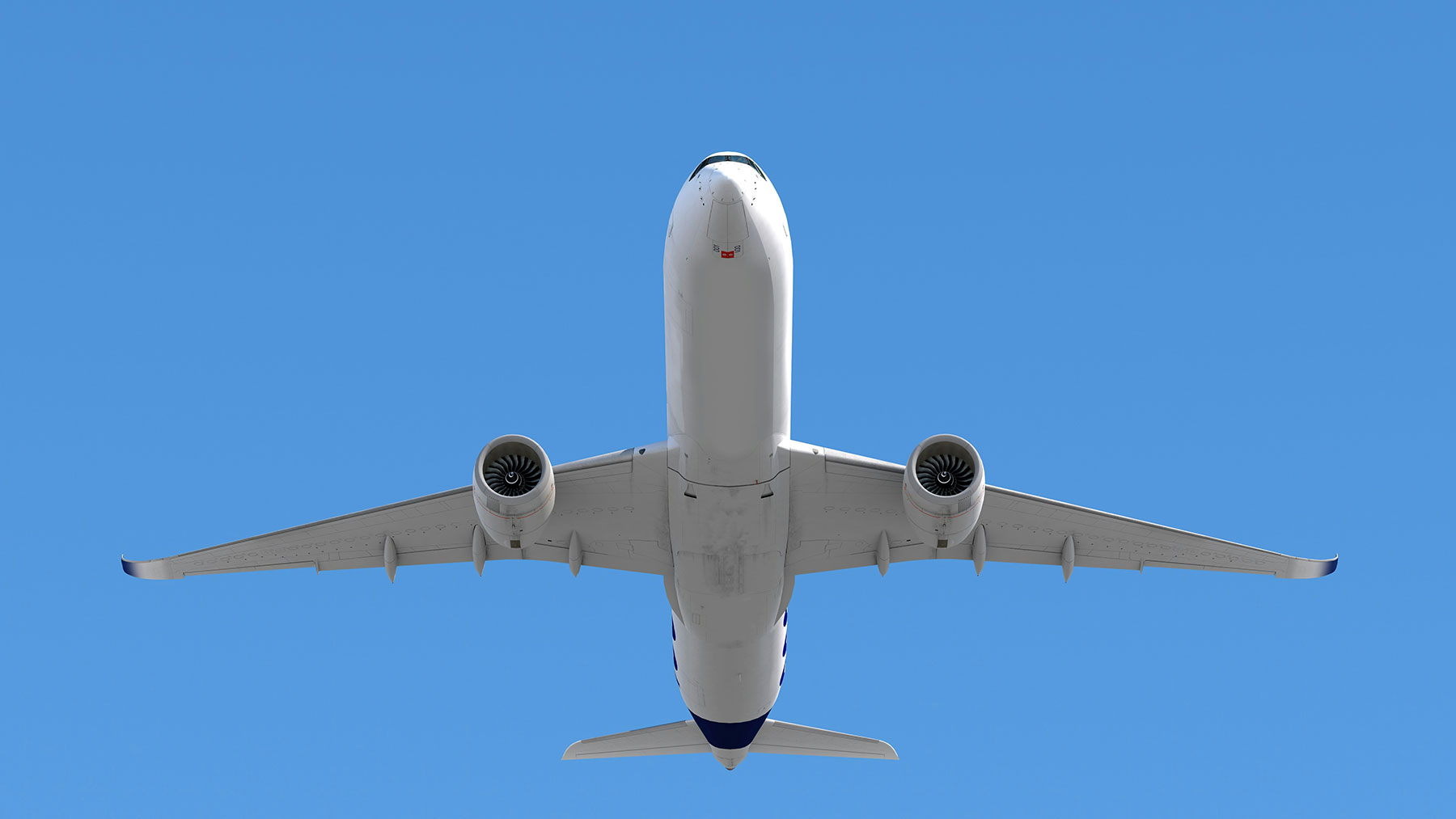The aircraft refurbishment industry. An industry where the final product is measured in millions and mistakes are measured in weeks of delays. One mistake in the initial refurbishment process can mean prolonged hours of the machine being grounded and thousands being wasted.
FlyMachine has carved out a niche by offering something previously absent in the aircraft refurbishment world: certainty.
At the heart of their innovation lies a surprisingly artistic solution, realistic, high-fidelity 3D visualisations, and this is changing how owners and operators interact with the design process.
“We were among the first to introduce 3D as a final step to assurance of the design and as an aid to the refurbisher,” says FlyMachine’s founder, Darren Edward O’Neill. “We take the surprise out of it.”
This “assurance layer” in 3D is more than just eye candy. It offers an ultra-realistic look at how paint codes, textile textures, and structural design choices will blend together on the actual aircraft. Using factory schematics and certified materials, FlyMachine transforms abstract ideas into lifelike representations, ones that make it easier for both clients and refurbishers to move forward with clarity and confidence.
From Sketch to Sky: A Meticulous Design Process
The process begins with meticulously hand-drawn graphite sketches, which quickly evolve into full-colour digital drafts using Adobe Illustrator and Photoshop. Clients are brought into the design process early and often, engaging in several rounds of revisions, up to five at no extra cost. After a final 2D selection is made, technical drawings and blueprints are produced for the refurbishers and painters.
Then comes the game-changer: the 3D render.
FlyMachine constructs a realistic model using actual aircraft blueprints. Paint colours are digitally reproduced from precise codes, and textile samples are digitally mapped for accuracy. The result is a digital twin of the aircraft’s future—one that can be “walked through” virtually.

“With the original concept illustrations and blueprints as a basis, we achieve a very high degree of realism,” Darren explains. “It gives the refurbisher a standard and aesthetic to aim for, making their jobs a lot easier and of a higher standard.”
Its Beyond Design, Its Architectural Thinking in Aviation
The use of 3D tools isn’t just about aesthetics, it’s about reducing costly errors. Visualising the design in this detail prevents misunderstandings and last-minute changes, streamlining the process and reducing turnaround time.
“We hear all too often of cases where costly refurbs were rejected at roll-out because the client wasn’t expecting what they got,” Darren says.
FlyMachine also differentiates itself with a more technical approach. Unlike many design firms that hand off conceptual visuals, they provide scaled technical drawings, accurate material specifications, and even project management support. They liaise between client and refurbisher to ensure design fidelity is maintained through to execution.
“Like an architect to the builder, we have working knowledge of the aircraft structures and systems”.
Aircraft Design has Shifted, and So Has the Process
In recent years, aircraft design has become more expressive. Gone are the days when aircraft interiors and liveries were confined to minimalist palettes and generic layouts. FlyMachine has embraced this shift, helping clients infuse personality and purpose into every inch of their aircraft.

“Your aircraft can be any colour or combination of colours you want,” says Darren, “And your cabin should reflect your tastes and character.”
Customer expectations have evolved too. Clients are more engaged and knowledgeable, often involving family or corporate branding teams in the process. This makes FlyMachine’s collaborative model, a deeply iterative and personalised design journey, especially relevant.
Instilling Design Norms in Africa
Looking ahead, FlyMachine is already working on virtual reality walk-throughs to allow clients to experience their aircraft interior in a fully immersive 360° environment. At the same time, they are driven by a broader mission: to bring aviation design education and opportunity to underrepresented communities.
“We have a rich and booming aviation industry on the continent,” says Darren, “but sadly, very few studios are focused on serving aviation. I’m personally excited at the prospect of teaching fellow Africans the art of designing for aviation.”
Designing with Heart, Not Algorithms
In an era where AI promises to generate designs in seconds, FlyMachine remains confident in the value of human creativity, especially when it comes to the nuanced world of aviation interiors and exteriors.

“To design a practical, viable cabin or livery requires a working knowledge of the aircraft and systems. No robot to date has designed a personal cabin, and I don’t see that changing.”
Ultimately, what sets FlyMachine apart isn’t just its cutting-edge tools or process, but its mindset. They see aircraft not just as machines, but as canvases. And in that, they’re helping reshape the sky, one render at a time.



